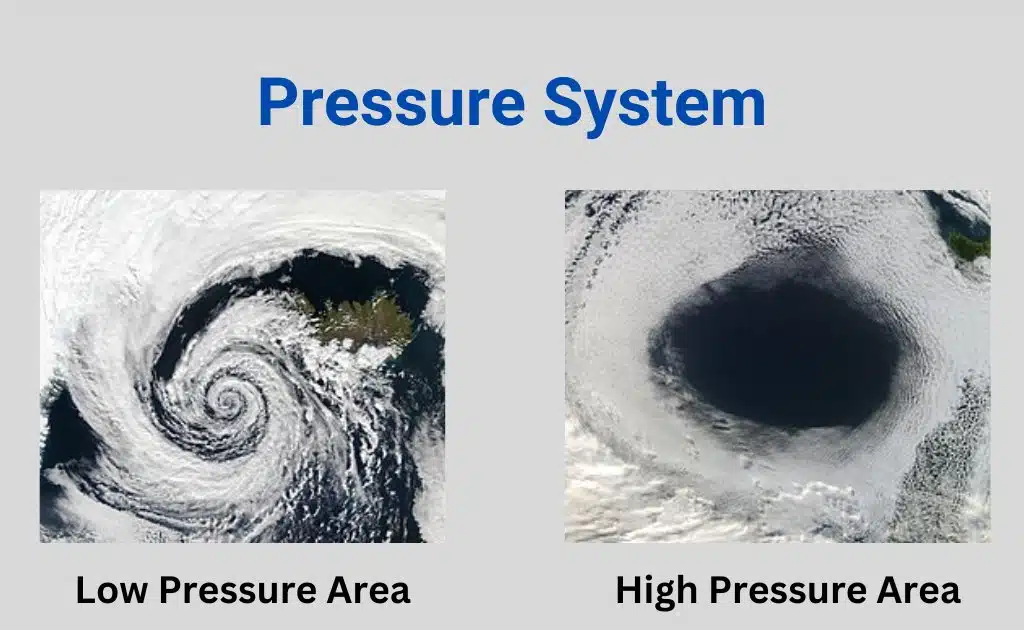What is Turbulent Flow?-Definition, Examples, And Characteristic
Turbulent flow is fluid motion characterized by chaotic changes in pressure and flow velocity. It is contrary to a laminar flow, which is when a fluid flows in parallel layers, with no interruption between them.
What is turbulent flow?
In fluid dynamics, turbulence refers to the random motion of particles suspended in a fluid. Turbulence occurs when the velocity gradient (the rate at which the velocity changes) is high enough.
In the case of a liquid flowing past a solid surface, the velocity gradient is highest near the wall and decreases away from the wall. As a result, there is a region just above the wall where the velocity is low and the particle velocities are randomly oriented. This region is called the boundary layer.
Turbulent Flow Examples
Cigarette smoke rises from the ground. The smoke is called laminar for the first few centimeters. The smoke plume becomes turbulent when its Reynolds number increases with increases in flow velocity and characteristic length scale.
If the golf ball were smooth, the boundary layer flow over the front of the sphere would be very smooth. A large region of low pressure behind the ball creates high form drag, as the pressure switches from favorable (pressure decreasing in the flow direction) to unfavorable (pressure increasing in the flow direction).
The surface is perturbing the boundary layer and promoting turbulence to prevent this. This results in lower drag because it moves the point of boundary layer separation further along. Poor astronomy seeing as well as clear-air turbulence were experienced during the airplane flight.
Turbulent Flow Characteristics
These are some characteristics of turbulent flow.
Irregularity
Turbulent flows are not always straightforward. Turbulence problems can be treated statistically rather than deterministically. The chaotic flow is caused by Turbulent flow. There are not all chaotic flows that are turbulent.
Diffusivity
In turbulent flows, the readily available supply of energy tends to accelerate the mixing of fluids. diffusivity is a characteristic that is responsible for the increased mixing and increased rates of mass, momentum, and energy transport in a flow.







Leave a Reply